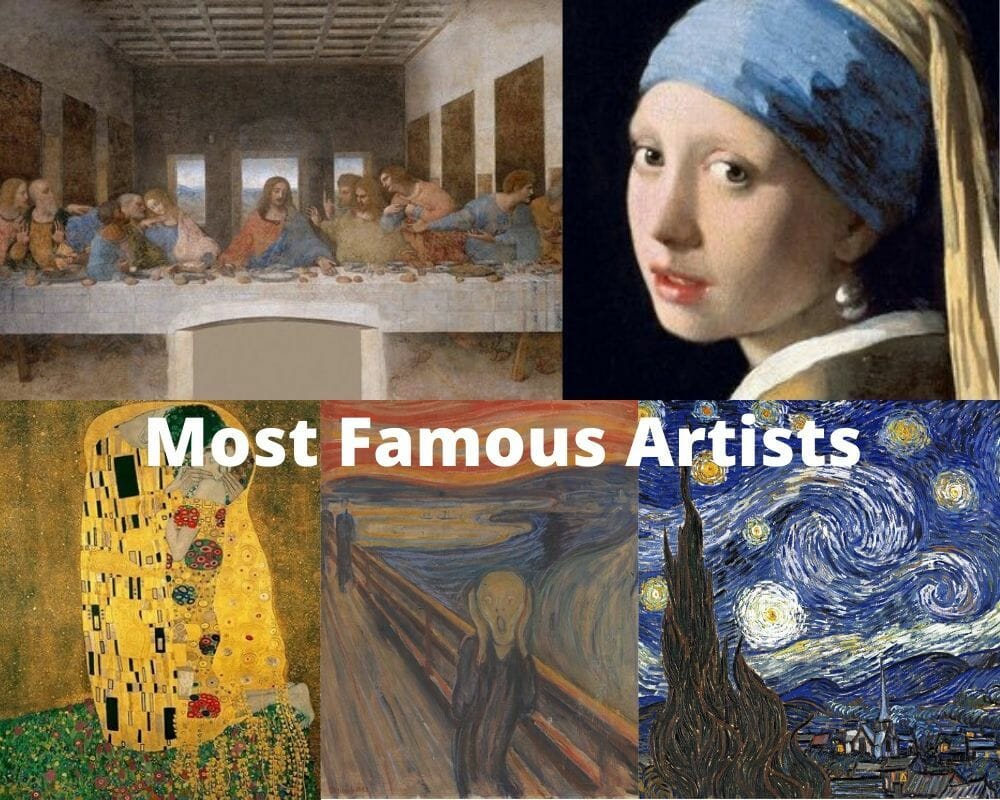What makes some artists famous and others fade into obscurity? The most famous artists are the ones that capture a time, a place, an idea or spear head a new artistic movement.
Our list of artists contains some of the most genius minds to ever exist.
Their art has stood the test of time and adorn galleries the world over with many of their works worth hundreds of millions of dollars on the rare occasions that they come up for auction.
Famous Artists
1. Leonardo Da Vinci
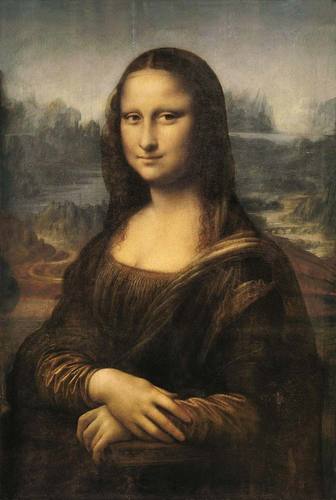
Very few artist names are more recognizable than da Vinci he towers above all other artists with a seemingly endless almost supernatural talent.
Leonardo da Vinci, whose interests encompassed everything from painting to architecture, anatomy, and engineering epitomized the renaissance man.
Also Read: What is an Artist?
Due to his many endeavors and despite his fame, da Vinci did not produce that many works throughout his lifetime, having less than two dozen paintings surviving over the centuries, but his love of science permeated his artistic work (e.g. Vitruvian Man).
Born in 1452 Tuscany, Italy, da Vinci showed an early aptitude for art despite a short formal education.
Also Read: Different Types of Painters
Around fourteen years old, he apprenticed under Andrea del Verrocchio in Florence where he studied subjects like carpentry and drawing.
By twenty years old he qualified as a master artist at Florence’s Guild of Saint Luke where he established his own workshop but continued his apprenticeship with del Verrocchio for several more years.
After a successful painting career and paralysis of his left hand, da Vinci focused his later years on scientific studies until his death in 1519.
2. Michelangelo

Michelangelo Buonarotti was regarded as one of the greatest artists of all time even while he was still alive.
Although he thought of himself as a sculptor, his artistic talents spread to painting, architecture, and even poetry, but sculpture was the one art form that remained a constant throughout his career.
Also Read: Famous Architects
Born in 1475, Michelangelo was less interested in formal schooling and more interested in church paintings from an early age. By the time he was thirteen, he began an apprenticeship with Domenico Ghirlandaio.
While it was supposed to last three, it ended after just one year because he had already learned all he could from Ghirlandaio, moving on to join the Humanist Academy in Florence.
After completing David in 1501, he secured himself as a respected artist and gained notoriety, leading to a successful career. Towards the end of his life, he abandoned his artistic ventures for architecture until his death in 1564.
3. Rembrandt

Rembrandt Harmenszoon van Rijn, or Rembrandt, was born in 1606 in modern day Netherlands. As a master in visual arts, he is widely renowned as both a artist and print-maker.
Though he painted a wide breadth of subject matter, he was particularly fond of self portraits as well as biblical scenes. He is credited as one of the greatest artists of all time.
Also Read: Facts About Artists
At fourteen years old, Rembrandt apprenticed Pieter Lastman in Amsterdam for six months. Afterwards, he opened his own studio in Leiden where he took on numerous pupils.
Though he made more than a modest income, he spent his money with wild abandon, leaving himself penniless most of his life.
Thankfully, he spent his money on art which mostly appreciated in value, allowing him to avoid bankruptcy by selling the art he had acquired over the years. Eventually he passed away as a poor man in 1669.
4. Vermeer
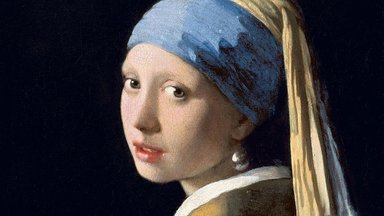
Johannes Vermeer, born in 1632 Holland, was a baroque artist known for his masterful use of pigments and light.
Although he enjoyed painting biblical and mythological scenes, he specialized in painting domestic interior scenes of the middle class lifestyle, often depicting the same scenes and individuals in multiple paintings.
One aspect of his painting that separates him from his contemporaries was his excessive use of expensive paints without concern in conjunction with his lack of preparations for each of his paintings.
Much of Vermeer’s life is left unsure, including whom he apprenticed under. Additionally, only thirty-four paintings are attributed to him today.
However, it is known that in 1653 Vermeer became a master, though he did not achieve wide success until after his death in 1675 where he has been known as one of the most famous painters of the dutch golden age.
5. Picasso

Pablo Picasso, born in 1881 Malaga, Spain, is one of the most esteemed artists, in addition to printmaker, poet, and playwright, in history.
Throughout his life, he changed techniques several different times, making it difficult to pinpoint what his trademark style was.
In his early years, his paintings depicted colorful scenes of blue hues, whereas later it turned to blue-green hues that often depicted scenes of impoverished peoples.
Born the son of a artist, Picasso’s father taught him what he knew until Picasso had surpassed him. At fourteen years old, his family moved to Barcelona and he was accepted to the local fine arts school despite his age.
After becoming political during World War II, he eventually enjoyed a very successful career where he achieved international success until he died of heart failure in 1973.
6. Monet
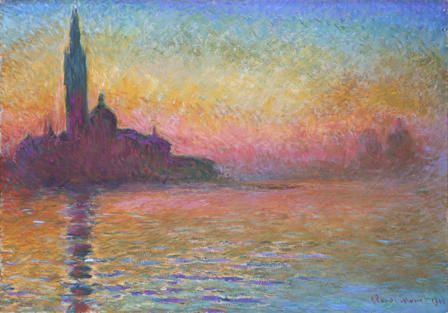
Claude Monet was one of the founders of the impressionist movement, coining the term from his painting Impression, Sunrise.
His subject matter always centered on land and seascapes with his most fond subject being the French countryside.
Often, he would paint the same scene over many times to capture the changing of seasons. However, he also painted portraits, most notably of his wife Camille Doncieux in The Woman in the Green Dress.
Born in 1840 Paris, France, he started with drawing charcoal caricatures in his youth. He later learned painting and his outdoor painting style from his mentor Eugene Boudin.
Also Read: Drawing Ideas
While traveling as a child, he met Edouard Manet, another eventual impressionist. After returning from the military as an adult, he struggled for many years until he finally reached a successful career with the impressionist movement.
He eventually died of lung cancer in 1926 at eighty-six years old. Monet was one of the few impressionists that found commercial success while still alive.
7. Van Gogh

Vincent van Gogh, born in 1853 Netherlands, is one of the most prominent artists in history. With a large body of work, he created everything from landscapes, still life’s, portraits, and self-portraits.
Born to a wealthy family, he spent his early life as a missionary until pursuing painting when he was almost thirty.
Throughout his life, he was plagued by mental health issues, going in and out of psychiatric hospitals, one instance occurring after he severed his own ear which he is now infamous for. Eventually his mental health issues caught up to him and he died of suicide in 1890.
Ironically, Van Gogh became famous after his suicide, becoming a mythological figure deemed as a tragic genius. His work is largely characterized as neo-impressionistic with a strong use of vivid colors.
8. Edvard Munch
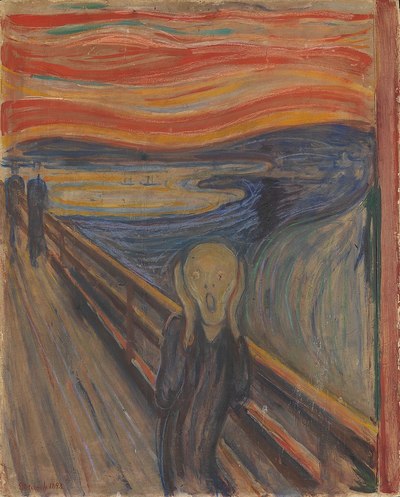
Edvard Munch was born in 1863 Norway the son of a priest. After enrolling as an engineer in 1879, he learned scaling and how to draw until an illness disrupted his studies and he dropped out, later pursuing painting instead.
After a few years, he moved to Paris where he studied the impressionist style and learned how to use their vivid color techniques. Struggling to find his own unique style, he continually bounced between naturalism and impressionism throughout his adulthood.
Eventually, his paintings turned more symbolic than realistic, depicting the essence of emotions rather than individuals displaying emotions themselves. The last two decades of his life Munch spent isolated until he died in 1944.
Of all of his famous paintings it is his work called The Scream, one of the most valuable paintings of all time representing the anxiety of the modern man. This work has four versions: two in pastels and two in paints.
9. Salvador Dali
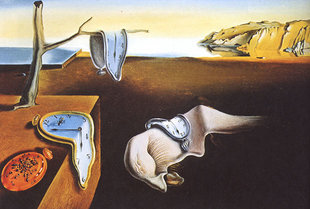
Salvador Dali, born in 1904 Spain, was a surrealist artist that bore striking and bizarre images, often containing sexual and Freudian as well as mathematical and scientific elements. In addition to painting, he also pursued film, poetry, sculpture, and graphic arts.
At fourteen years old, Dali attended the Municipal Drawing School at Figueres where he studied drawing and later moved to Madrid to further his studies.
Early on, his art was more in line with cubism and avant-garde styles but later shifted to surrealism where he became a prominent figure. After moving around Spain and France, he eventually moved to the United States where his career took off.
In 1980, Dali started to exhibit signs of Parkinsons, and, with the passing of his wife Gala shortly after, led to a halt in his artistic endeavors and a steady decline until his own death in 1989.
10. Andy Warhol
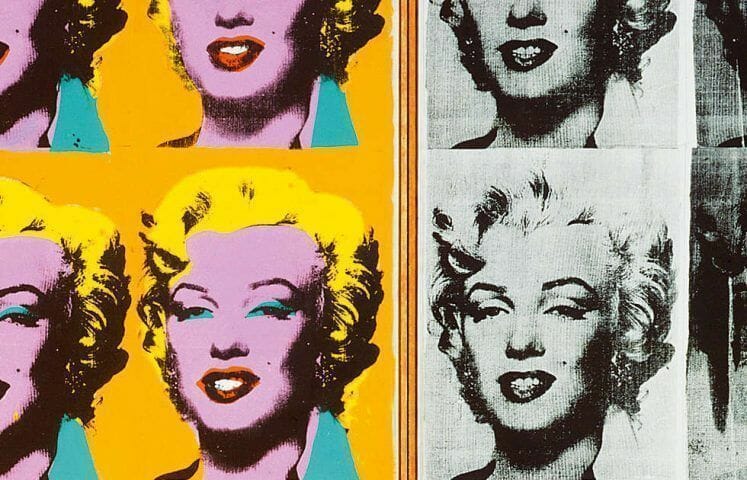
Andy Warhol, born in Pennsylvania in 1928, was a wildly controversial pop artist. His use of irony and popular elements in his art, fusing together the worlds of art, advertisement, and celebrities, was criticized as a business move to make more money rather than an artistic choice.
As a sickly child, Warhol spent a lot of time bedridden, to which he credited as a vital period in forming his skills and artistic expression.
Unlike a lot of other famous artists Warhol studied commercial art in high school, he then moved to New York City where he worked in magazine illustration and advertising and became known for his shoe designs.
His inflammatory drawings caused his art to quickly become both popular and controversial.
Even more controversial was his studio, which housed drag queens and other queer individuals, and his personal life where he lived openly gay in a pre-Stonewall era.
Eventually he died due to post-operational complications in 1987.
11. Henri Matisse

Henri Matisse was born in 1869 in the North of France and is known as being one of the leading members of the Fauvist art movement of the early twentieth century.
His art is best remembered for it’s intense use of color and also for his very fluid draftsmanship. Although primarily famous as a artist he also produced work in both print and sculpture forms.
Although he qualified as a court administrator after studying law in Paris in 1887, in 1889 he started to paint while recovering from a bout of appendicitis at home and then made the rather unpopular decision to pursue art full time.
He returned to Paris in 1891 to study painting at the Académie Julian, where he studied under William-Adolphe Bouguereau and Gustave Moreau.
Matisse’s classical style changed dramatically after obtaining a drawing of Van Gogh, this was the turning point in his development as an artist, gone where the more traditional muted colors and in their place a palette that was filled with color and vibrancy.
Along with Andre Derain he is credited as being one of the leaders of the Fauvist movement that used often unnatural colors to display emotion.
Although Fauvism only lasted a few short years Matisse unlike other artists of the genre continued to flourish.
His most recognizable work “The Dance” is widely regarded as one of the most important paintings of the modern art movement.
12. Georgia O’Keeffe
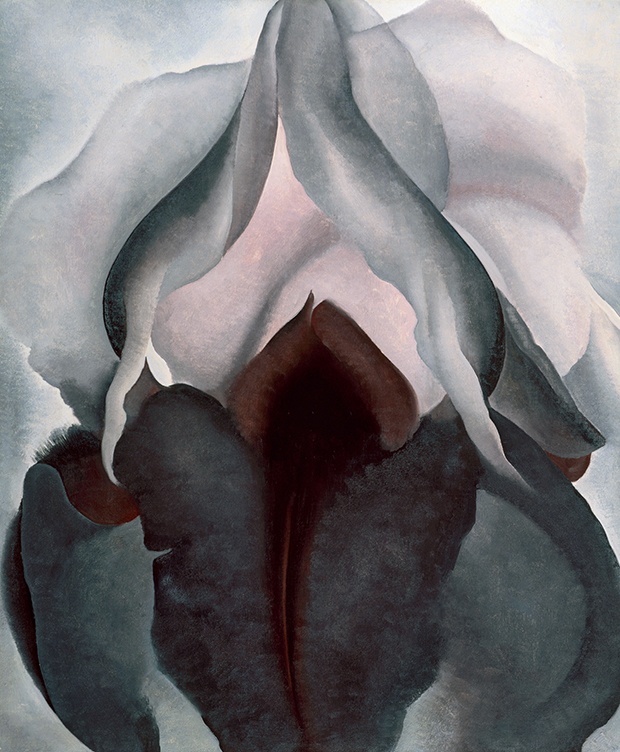
Georgia O’Keeffe was born in November 1887 in Wisconsin. Is is arguably one of the greatest female artists of all time and although her works would usually be categorized as abstract in nature she is in fact quite difficult to tie down to any one art movement.
As a child she was encouraged strongly by her parents to pursue her artistic talents. Upon graduating high school she continued her art studies in the Art Institute of Chicago and the Art Students League in New York.
While attending both institutes she grew more and more uninspired by her instructors traditional leaning towards realism. After being exposed to oriental art he thoughts moved towards finding her own style and began to move away from traditional art.
She created a small series of charcoal abstractions that found their way to New York and eventually into the hands of Alfred Stieglitz.
So taken was Stieglitz by the drawings that he exhibited them in his Manhattan art gallery in 1916 unbeknown to O’Keeffe.
The pair would eventually meet and fall in love after Georgia moved to New York. Finding herself completely uninspired by the bright lights of the big city she began to find inspiration in the rural landscapes that she grew up in.
Her work captured the beauty of the natural world and the rural American landscape particularly in New Mexico.
13. Jackson Pollock
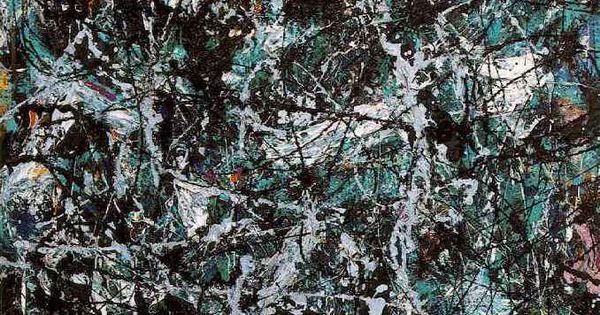
Jackson Pollock was born in 1912, he was a leading member of the abstract expressionism movement and is best known for his Action Paintings commonly referred to as drip or splatter paintings.
His drip paintings often used cheap wall paint over a black background. The cheaper paint did not require thinning unlike more expensive oil paints.
The paint would be dripped or splattered from above the canvas which was usually laid flat on the floor with the artist working above it.
Pollock only lived for 44 short years but his work would have a lasting effect on the world of art.
He was know to be a reclusive alcoholic and had a volatile temper, he death was the result of an alcohol related car crash in 1956.
14. Gustav Klimt
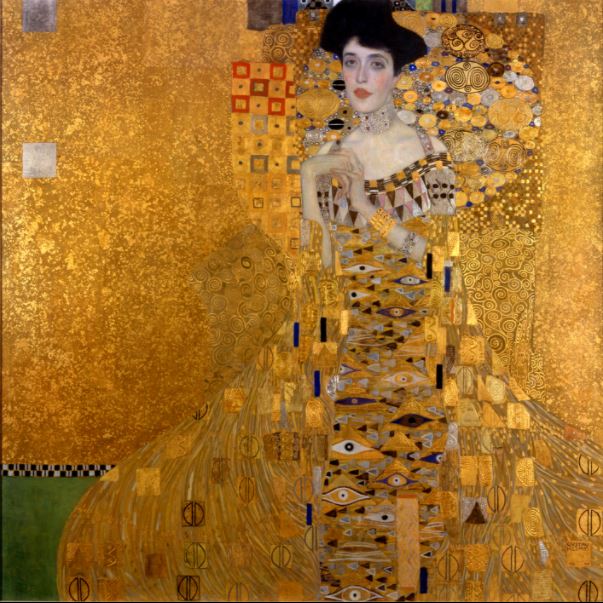
One of the most prominent leaders of the Art Nouveau movement, Gustav Klimt is well regarded. The majority of his 55-year life was spent in Austria, with a few trips to nearby nations like Italy in his latter years.
Klimt was already a well-known artist when the Art Nouveau style emerged in the late 19th century, and his vivid works, the bulk of which depicted women, were well-known.
In the 1800s, many artists thought that Austria was stuck in a Classical aesthetic framework and culture, while other European countries were making tremendous breakthroughs in new and exciting art forms.
The Vienna Secession was founded by Klimt and a few other artists in order to bring Austria into the modern European art scene.
With their astonishing realism and particular qualities, Klimt’s paintings are widely recognized for being among of the best in the world.
It was during Klimt’s latter years that he went through what art historians and critics refer to as his “Golden Phase,” in which magnificent golden gowns and the female form were elevated in his works.
15. Edward Hopper
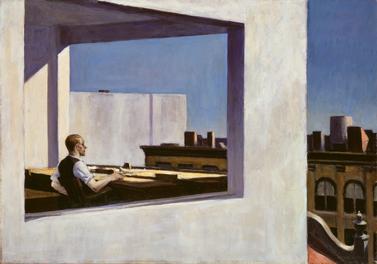
Born in New York on July 22, 1882 Hopper went on to go to the New York School of Art, where he learned how to paint. His goal was to spend the rest of his life painting.
Following his studies with Robert Henri, almost all of Hopper’s art was about everyday images from city life. He talks about streets in cities, Victorian mansions, and abandoned flats, to name a few.
His work is known for evoking a sense of loneliness, but he used bright colors to make everyday landscapes more important. His best-known works are “Nighthawks,” written in 1942, and “Early Sunday Morning,” written in 1930.
The Modern Museum of Art and the Art Institute of Chicago now have some of the best art in the world.
Hopper died in 1967, but his influence lives on through his most famous student, Robert Henri. He told his students to “make a disturbance in the world,” which is what Hopper did.
It was Klimt and a few other artists who came up with the Vienna Secession in order to get Austria into the modern European art world today.
Most of Klimt’s paintings are known for their incredible realism and for the very unique features he used in many of his works, which make them stand out.
Klimt went through what art historians and critics call the artist’s “Golden Phase,” during which he made a lot of works that used beautiful golden robes and celebrated the female form.
16. Eugène Delacroix
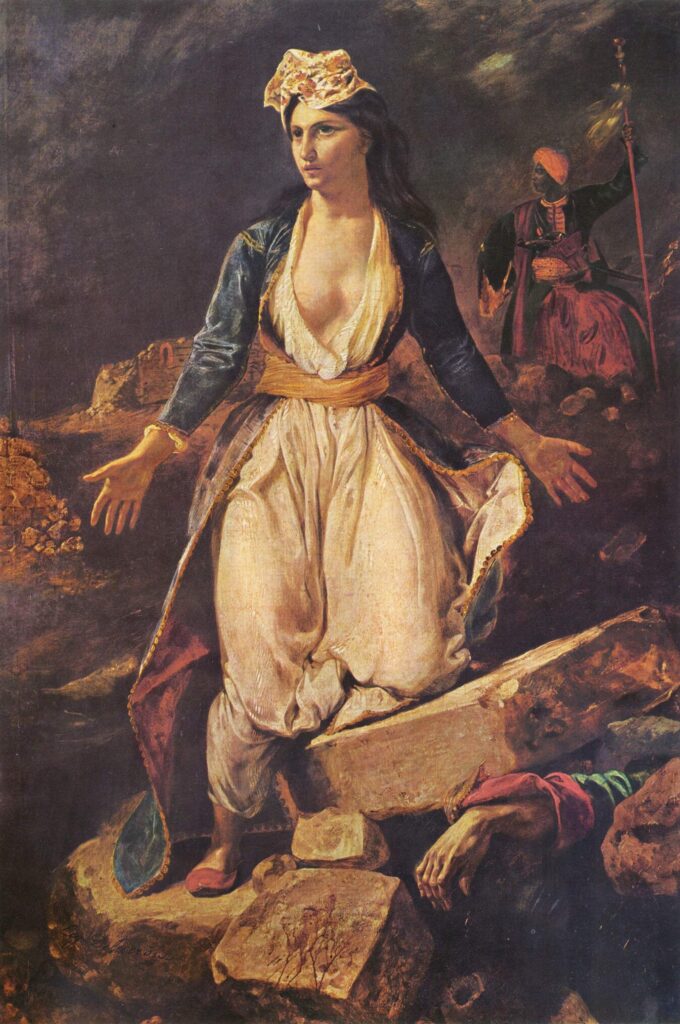
Delacroix was born on April 26, 1798, and he lived until August 13, 1863 he is primarily known as the leader of the French Romantic movement.
Delacroix was a big fan of the Venetian Renaissance and the work of Rubens, and he tried to use techniques that focused on color and movement.
Delacroix didn’t like the strict rules of Greek and Roman classicism. He preferred his own style. Most of his style came from the North African art he saw while he was there.
Delacroix’s paintings are known for their clear depictions of powerful individual moments of emotion, which he thought should be shown with great accuracy.
With strong brushstrokes and bright colors, he often paints images of things that are bad for the environment to show how he feels. To get the attention of the French Impressionists and symbolists, he used a lot of optical effects in his art work.
17. Paul Cézanne
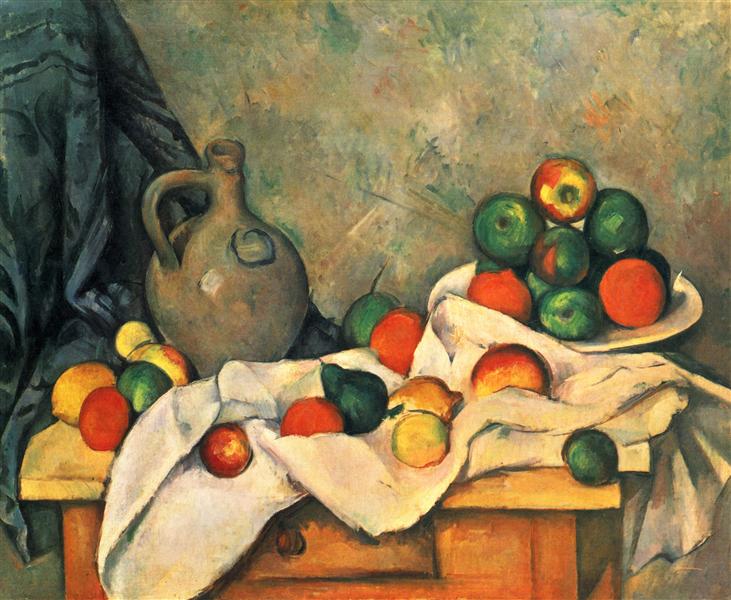
Paul Cézanne was born in France in 1839. Many people think he was one of the best Post-Impressionist artists.
He came up with new ideas and made some of the best art of the twentieth century.
Because of his work, the Cubist style of painting also got a lot of help from him. As the son of a successful banker, he was expected to work in banking or a related field. However, he had always been interested in art.
To please his father, he went to law school. He didn’t like it, and he was eventually allowed to go to Paris to study painting.
He had mood swings and sadness, and when he found out that many of his classmates were better at technology than he was, he was very upset.
He did, however, come up with his own style. Throughout his life, his work was often misunderstood and dismissed.
He kept trying to show who he was through his work and became one of the most important landscape artists of all time.
This collections of famous artists although not exhaustive covers the some of the most popular and easily recognizable names in the world of art.
Many of the artists on this list have a massive catalogue of artwork to their name and are responsible for some of the most iconic images ever produced.

